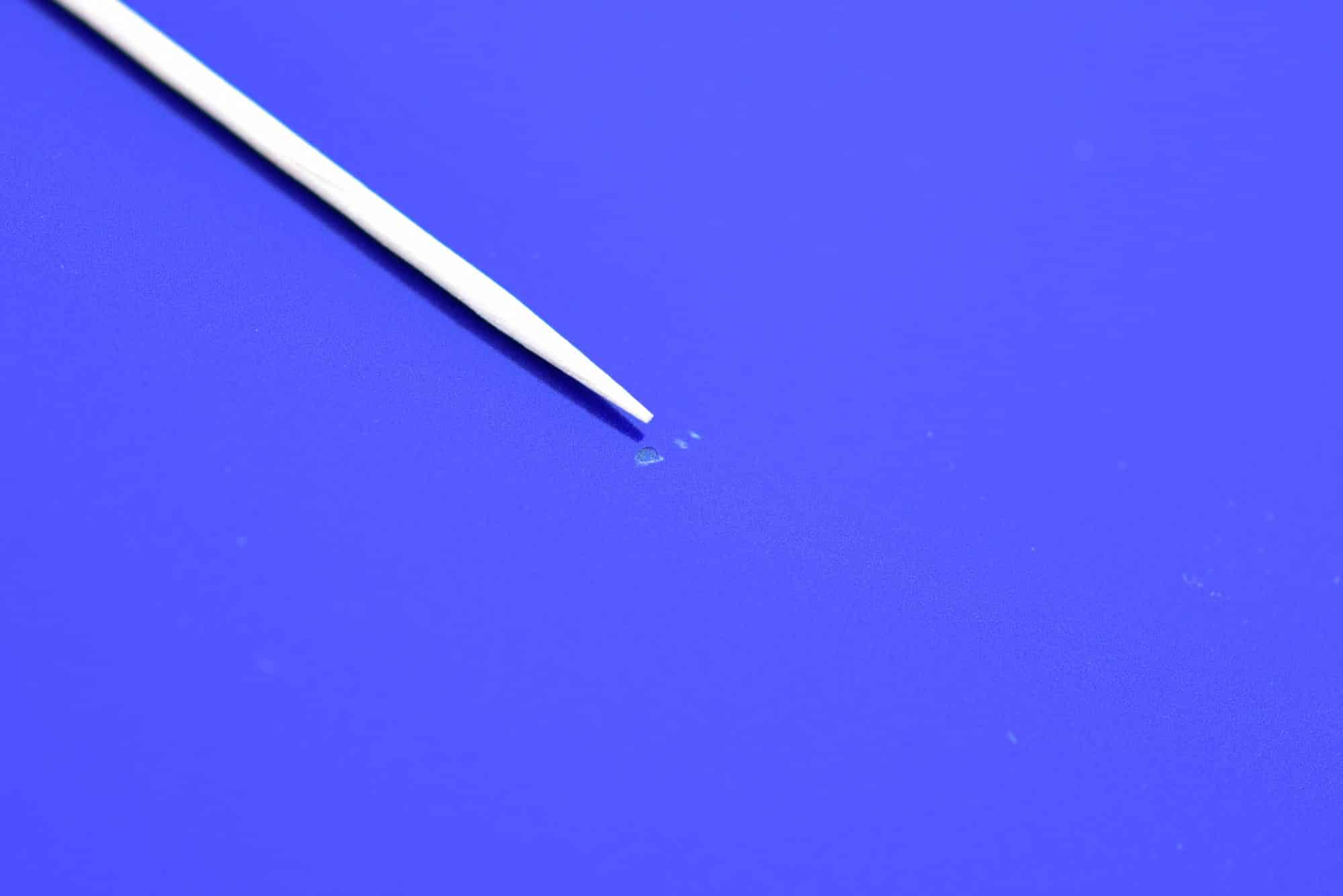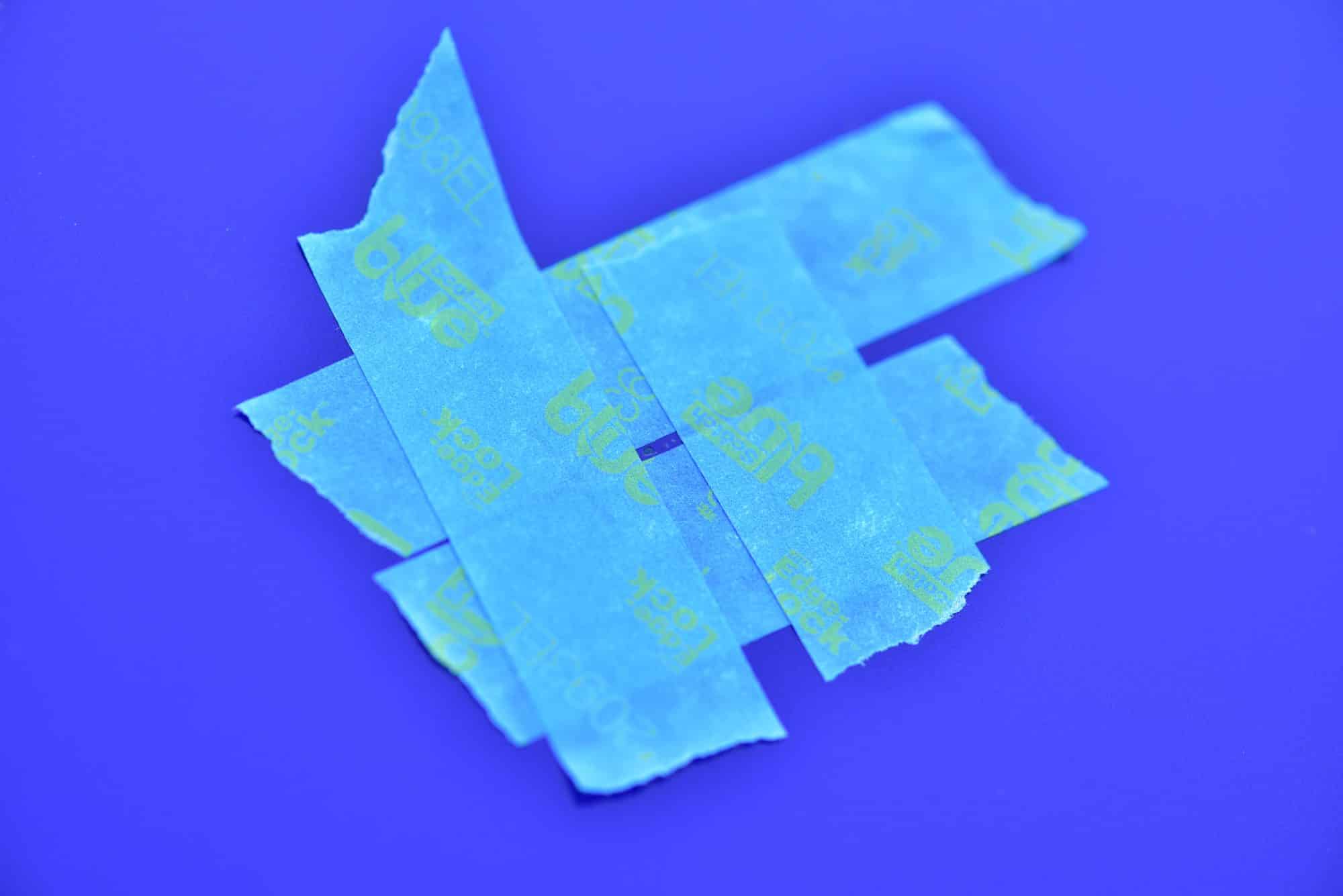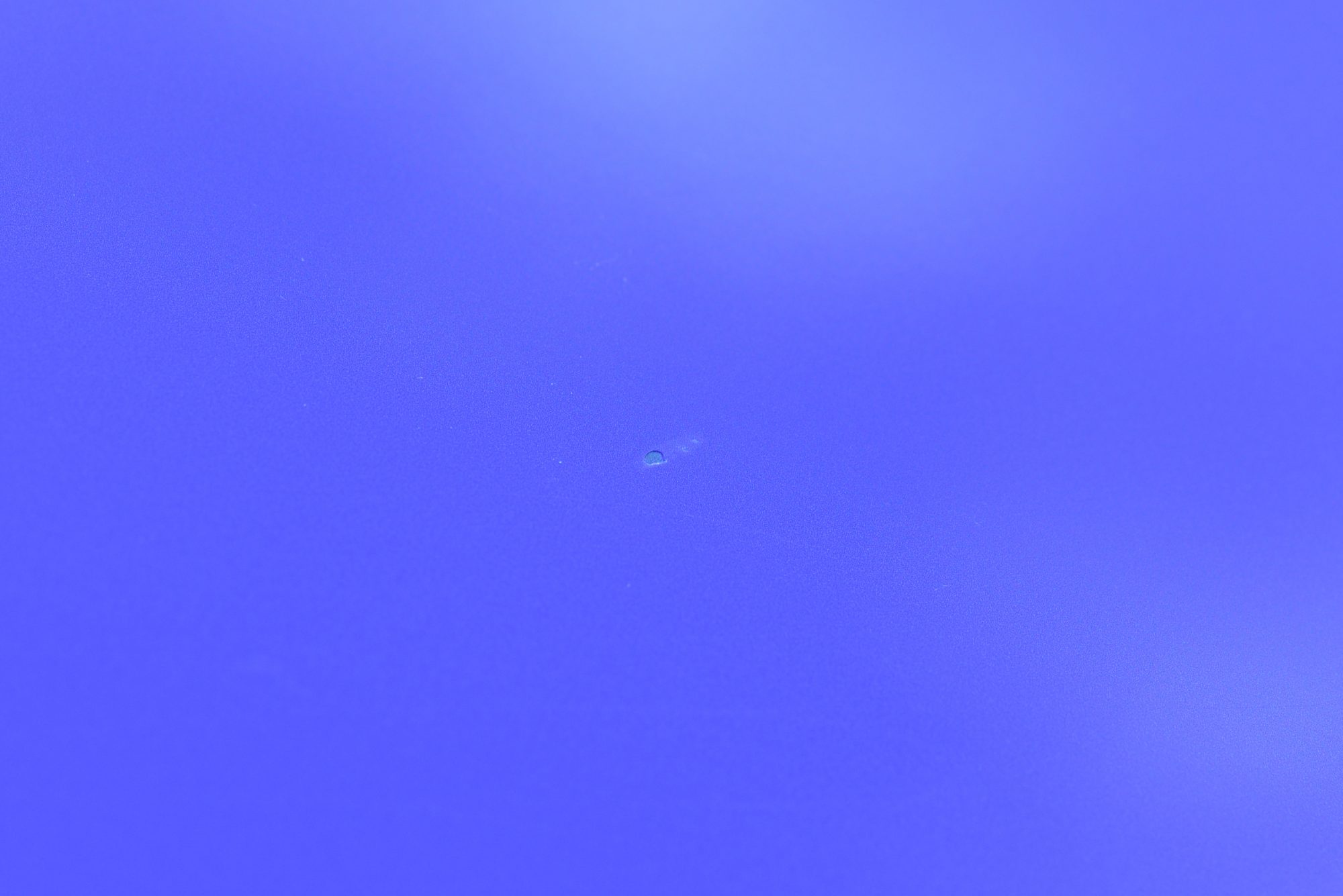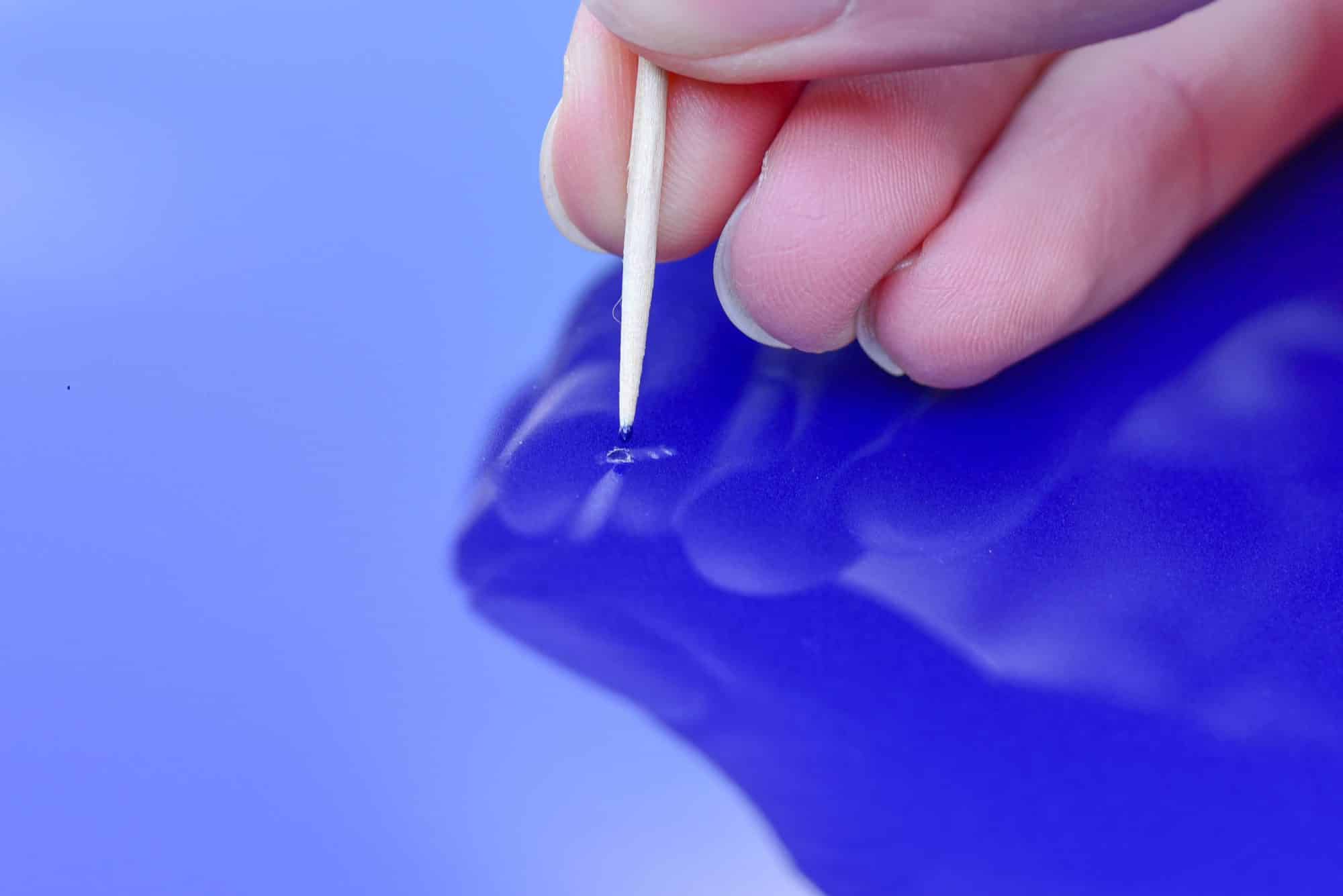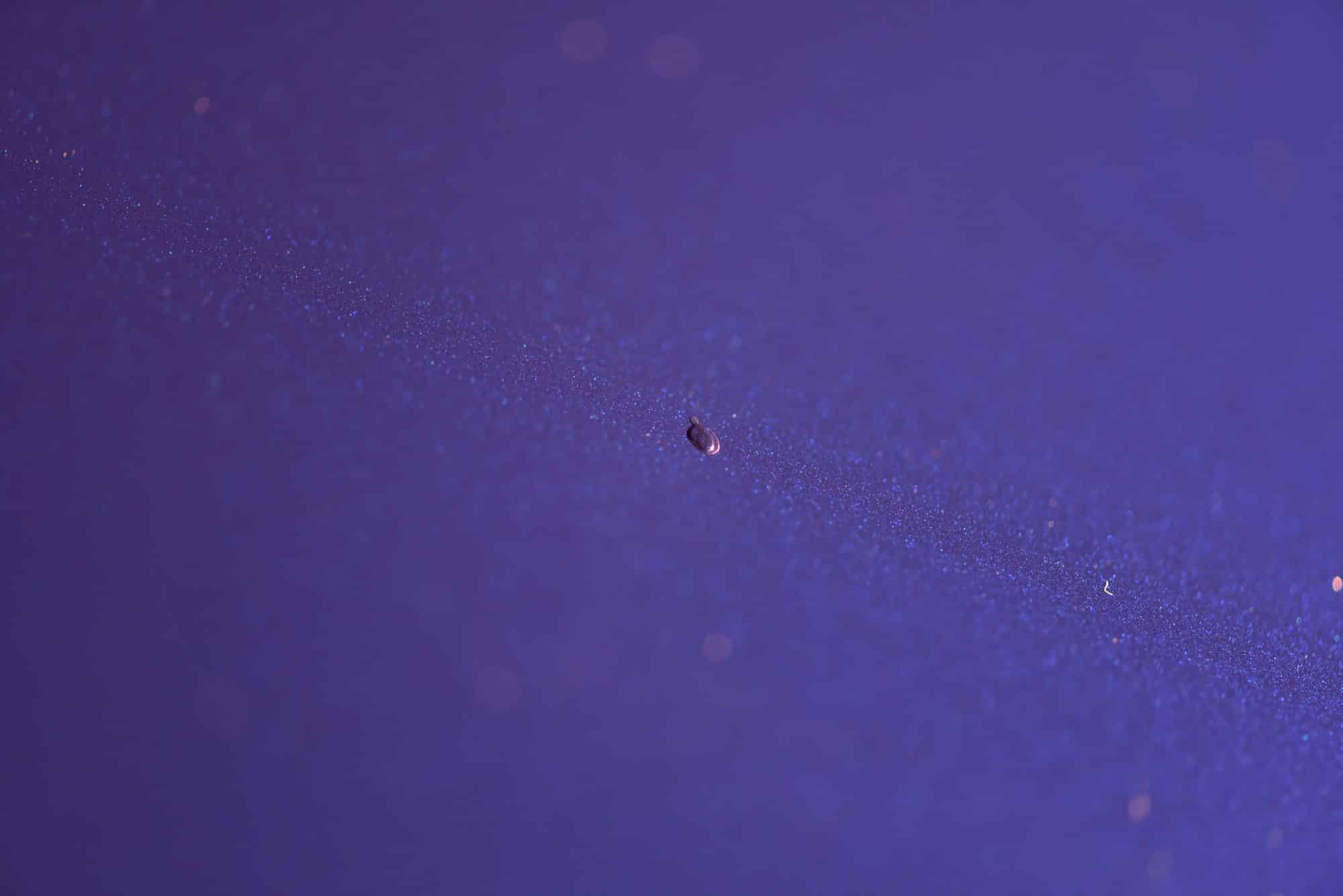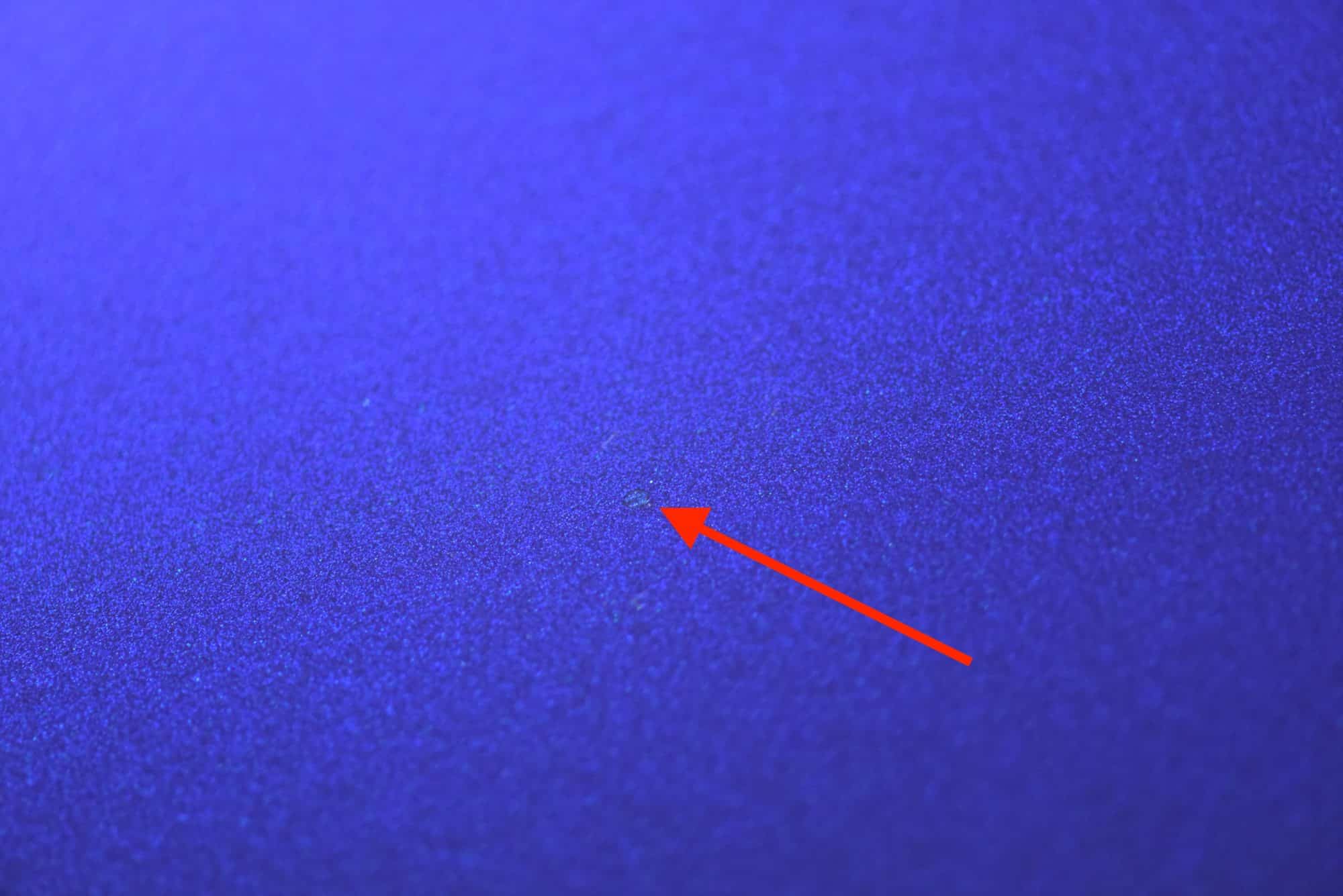Introduction
Stone chips are unavoidable and quickly become part of owning a vehicle. Unfortunately they can look quite unsightly and detract from the perfectness of your pride and joy. At AutoInstruct we’ll show you how to fix these stone chips, making them 99% invisible. Time and patience is critical for success.
All photos seen below were taken with a macro lens. This particular stone chip is incredibly small in real life.
Difficulty Rating
Tools/Parts Required
- Quality colour matched touch-up paint. We recommend visiting a body shop to mix the paint. Use the same paint system as the manufacturer where possible (e.g PPG). Do not use touch up pens or cheap mixes!
- Clear Coat (Also matched to the paint system)
- Fine grade sandpaper with sanding block (~3000 Grit)
- Machine polisher, pads and scratch removal compounds (You can do this by hand but it’s a slow process)
- Painters tape
- Toothpicks
- IPA (Isopropyl Alcohol)
- Microfibre Cloths
Step 4
We will now begin to fill the chip with colour matched paint. The process is as follows:
- Dip the very tip of the toothpick into the paint so it forms a very small drop on the end.
- A single dab will transfer this small drop of paint into the stone chip.
- Stop here and wait 12-24 hours for the paint to dry and shrink. Do not try to fill the entire chip on the first attempt!
- Over a period of a few days, continue to slowly layer the paint until the level is just below the surrounding surface. We need to leave some headroom for the clear coat. Don’t rush!
Step 7
After waiting 24 hours for the clear coat to dry you can now wet sand the stone chip. This is the most daunting and delicate process for beginners.
- With wet sandpaper (again lubricated with soapy water) GENTLY sand the area. You MUST use a sanding block to avoid creating a divot in the clear coat which is often created by finger pressure.
- Only a few moments of light sanding is required to lower the cleat coat ‘dome’ and blend it with the surrounding paint levels.
Step 8
Once sanding is complete, use a machine polisher and medium grade compound and pad to remove the sanding marks. After a minute the sanding marks should be completely removed and the chip repair finished. Wipe the surface with IPA and a new microfibre cloth and be amazed at the work you’ve done!
As you can see in the attached picture, the chip is now virtually invisible. Nice!
